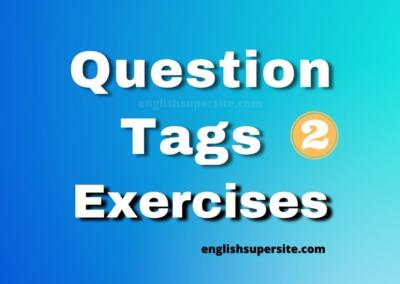
Grammar
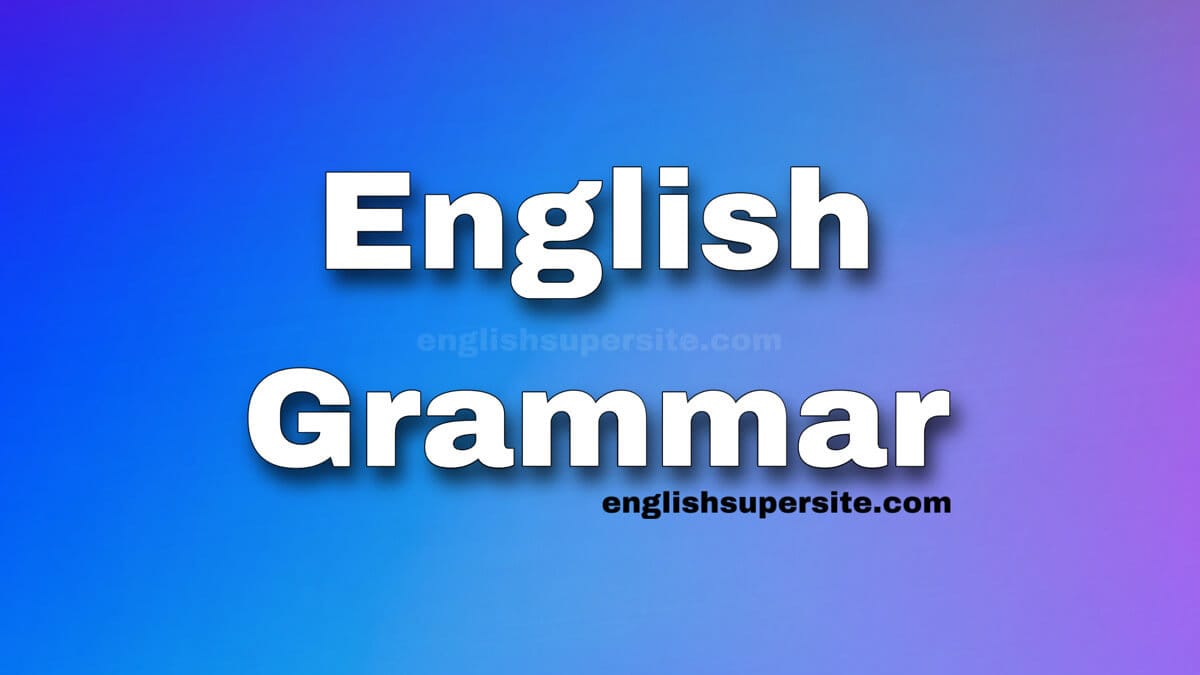
English Grammar: Master the Structure of the Language
English grammar consists of 8 parts of speech: nouns, pronouns, verbs, adjectives, adverbs, prepositions, conjunctions, and interjections. Each part plays a key role in forming sentences, conveying meaning, and expressing ideas. Understanding grammar helps you build sentences that are clear and meaningful.
The study of English grammar focuses on sentence structure, parts of speech, and punctuation. It’s essential for effective communication and is closely related to linguistics, the broader study of language structure.

Question Tags - Exercises 2 - Practice exercises with Question Tags - Quiz 2. Exercises corrected in real-time.

We use Simple Future when you want to speak about an event that will happen in the future. The Simple Future tense ...
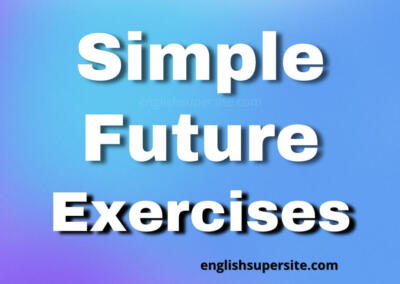
Verb Tenses - Simple Future - Exercises - Practice exercises with Simple Future. Improve your oral and written ...
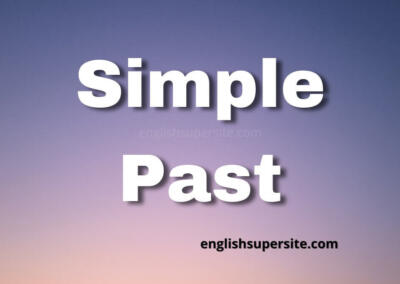
The Simple Past is the verb tense we use to describe actions and events in the past. It is also used to describe ...
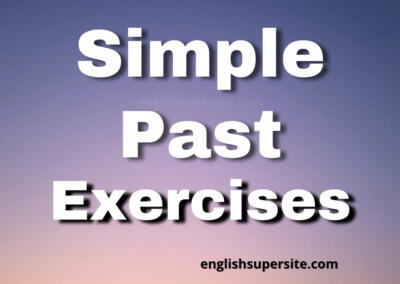
Simple Past - Exercises - Practice exercises with Simple Past. Improve your oral and written skills with exercises ...
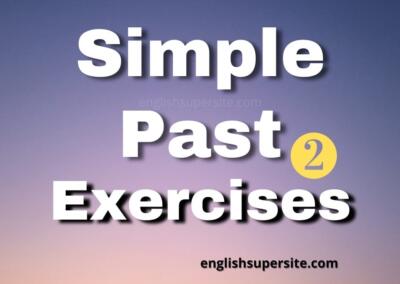
Simple Past - Exercises 2 - Practice exercises with Simple Past. Improve your English skills with exercises and quizzes.
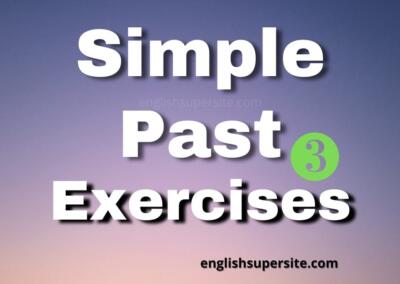
Simple Past - Exercises 3 - Practice exercises with Simple Past. Improve your English skills with exercises and quizzes.
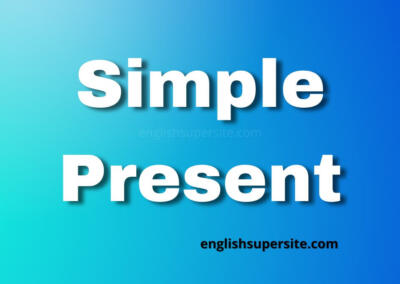
The Simple Present is a verb tense we use to express Habits, Routines and Repetition. It is also used to give ...
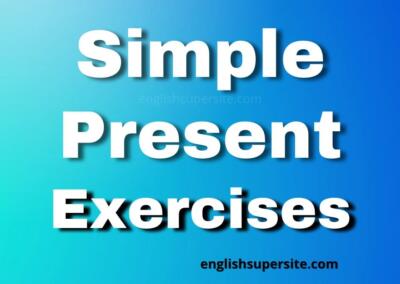
Verb Tenses - Simple Present - Exercises - Practice this quiz with Simple Present. Improve your English with these ...
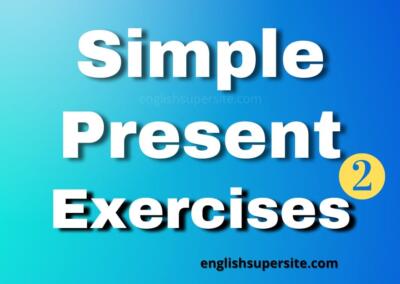
Verb Tenses - Simple Present - Exercises 2 - Practice this quiz with Simple Present. Improve your English with ...
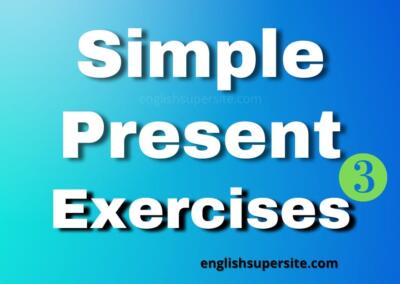
Verb Tenses - Simple Present - Exercises 3 - Practice this quiz with Simple Present. Improve your English with ...

So do I, Neither do I, too, either. So am I, neither am I, neither have I, neither would I, neither can I, neither ...
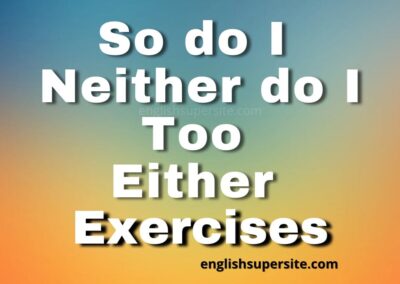
So do I, Neither do I, too, either - Exercises 1 - Quiz. So am I, neither am I, neither have I, and more ... Score ...
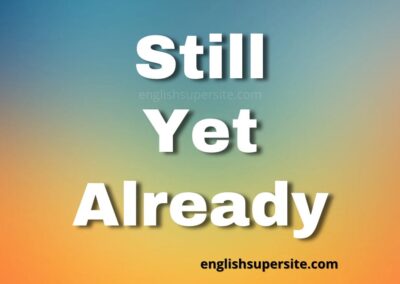
Adverbs of time, still, yet, and already express the idea of continuation or completion in reference to a previous ...

Still - Yet - Already - Exercises 1 - Quiz. Score in Real-Time. Complete the sentences below by choosing the ...

Tell - Say - Speak - Exercises - Quiz. The differences between Tell, Told, Say, Said, Speak, Spoke and Spoken! ...

Tell, Say and Speak. The difference between Tell, Told, Say, Said, Speak, Spoke, and Spoken! Learn how to use ...

Learn when and how to use TO or FOR. Understand the differences and when to use TO and FOR. Use TO and FOR the ...
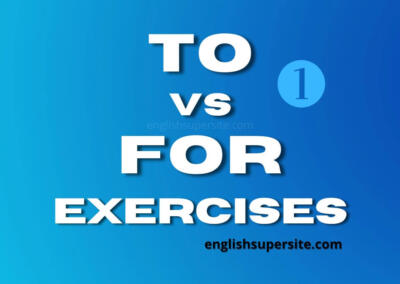
EXERCISES 1 - TO vs FOR Practice the following exercises with TO and FOR: Complete the sentences with TO or FOR. ...
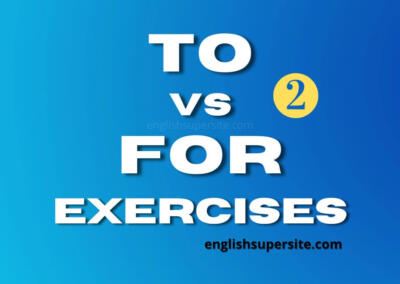
EXERCISES 2 - TO vs FOR Practice the following exercises with TO and FOR: Complete the sentences with TO or FOR. ...
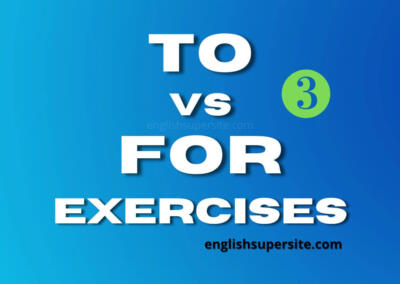
EXERCISES 3 - TO vs FOR Practice the following exercises with TO and FOR: Complete the sentences with TO or FOR. ...
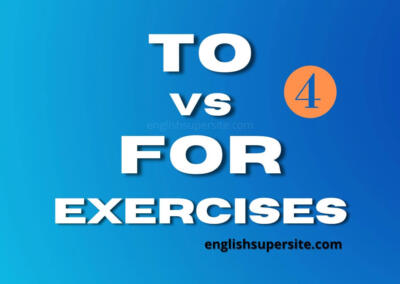
EXERCISES 4 - TO vs FOR Practice the following exercises with TO and FOR: Complete the sentences with TO or FOR. ...
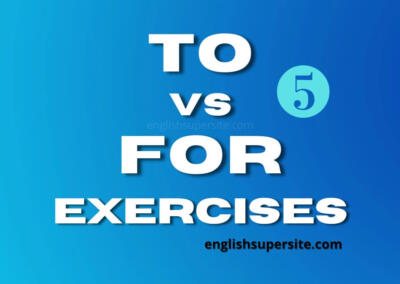
EXERCISES 5 - TO vs FOR Practice the following exercises with TO and FOR: Complete the sentences with TO or FOR. ...
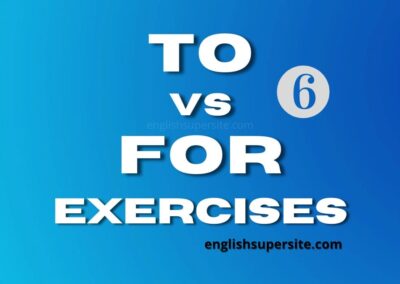
EXERCISES 6 - TO vs FOR Practice the following exercises with TO and FOR: Complete the sentences with TO or FOR. ...
Related Posts

EXERCISES 3 - TO vs FOR Practice the following exercises with TO and FOR: Complete the sentences with TO or FOR. ...
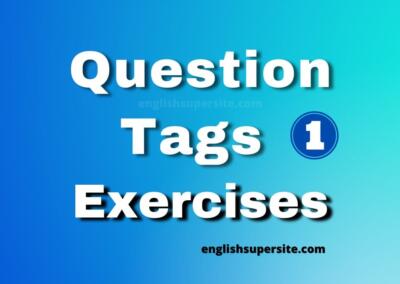
Question Tags - Exercises 1 - Practice exercises with Question Tags - Quiz 1. Exercises corrected in real-time.
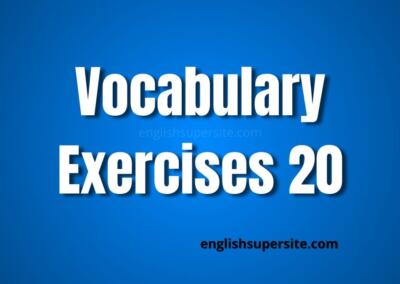
Improve your English with Vocabulary - Exercises 20. Take a multiple-choice quiz with real-time feedback and boost ...


